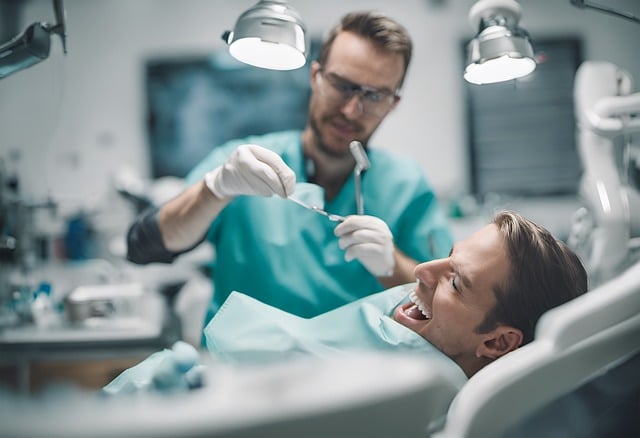An interesting article titled “Survey investigation of articaine use in the United States,” written by Robert D. Bowers and et. al. appears in the the Journal of the American Dental Association (published Oct. 2023). The article conducted a study to expand the knowledge of local anesthesia practices of dentists in the U.S. with a specific focus on influencing factors regarding articaine.
The U.S. Food and Drug Administration approved the use of articaine in 2000 and dental use of articaine has grown over the years. In 2017, it was estimated that estimate about 40% of the total U.S. dental local anesthetic market was for articaine. However, articaine has a 4% concentration which has led some to question its safety. Past studies have shown that higher concentrated local anesthetics like articaine can lead to increased risk of dental paresthesia.
To study the use of articaine, the authors sent a survey to 10,340 practicing dentists in the United States. They then peformed statistical analysis on the results. A total of 1,128 dentists completed the survey. A total of 97.6% of these dentists said they had experience with articaine and 3.3% said they no longer use articaine. A total of 60% of these dentists also said they use articaine the most for any local anesthetic injections. Multivariable regression analysis showed articaine use for dentists was more likely to be male or general dentists. Around 55% of dentists reported paresthesia concerns related to articaine and around 13% of dentists had concerns of potential systemic toxicity.

Limitations of the study included how potential for procedure type or tooth diagnosis to effect the use of articaine but this was not taken into account by the authors. Furthermore, the authors suggested more studies to be conducted in the future to gain greater insight into articaine use practices. The authors feel that evidenced-based local anesthesia practices can provide benefit to ensure U.S. dentitsts are more standardized in administering local anesthesia and that they do so in the safest and most effective way.
